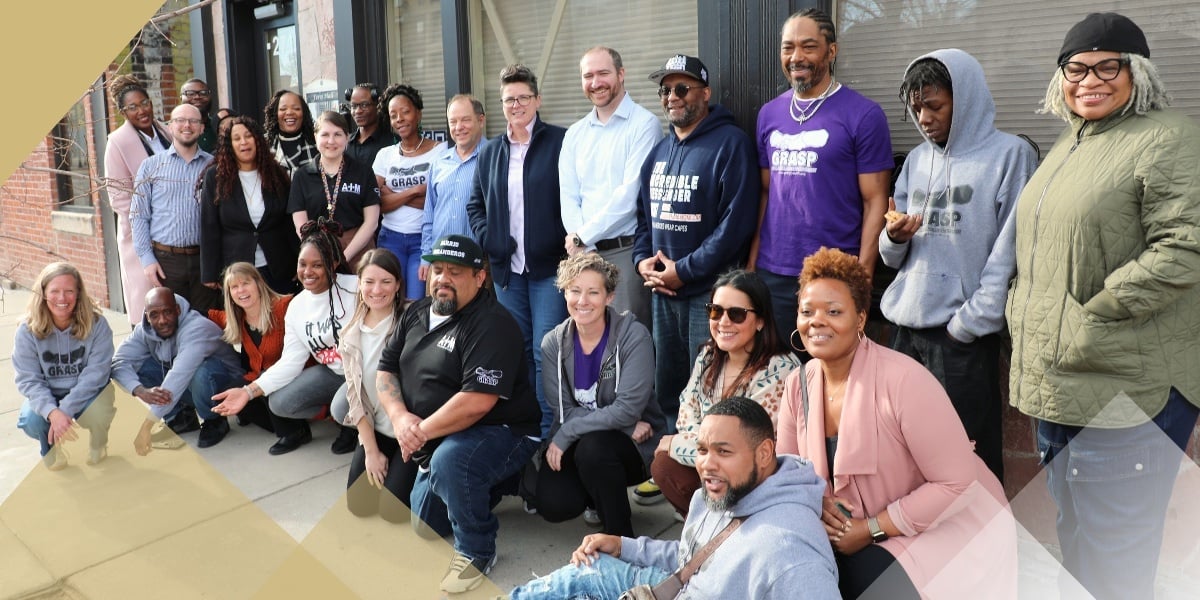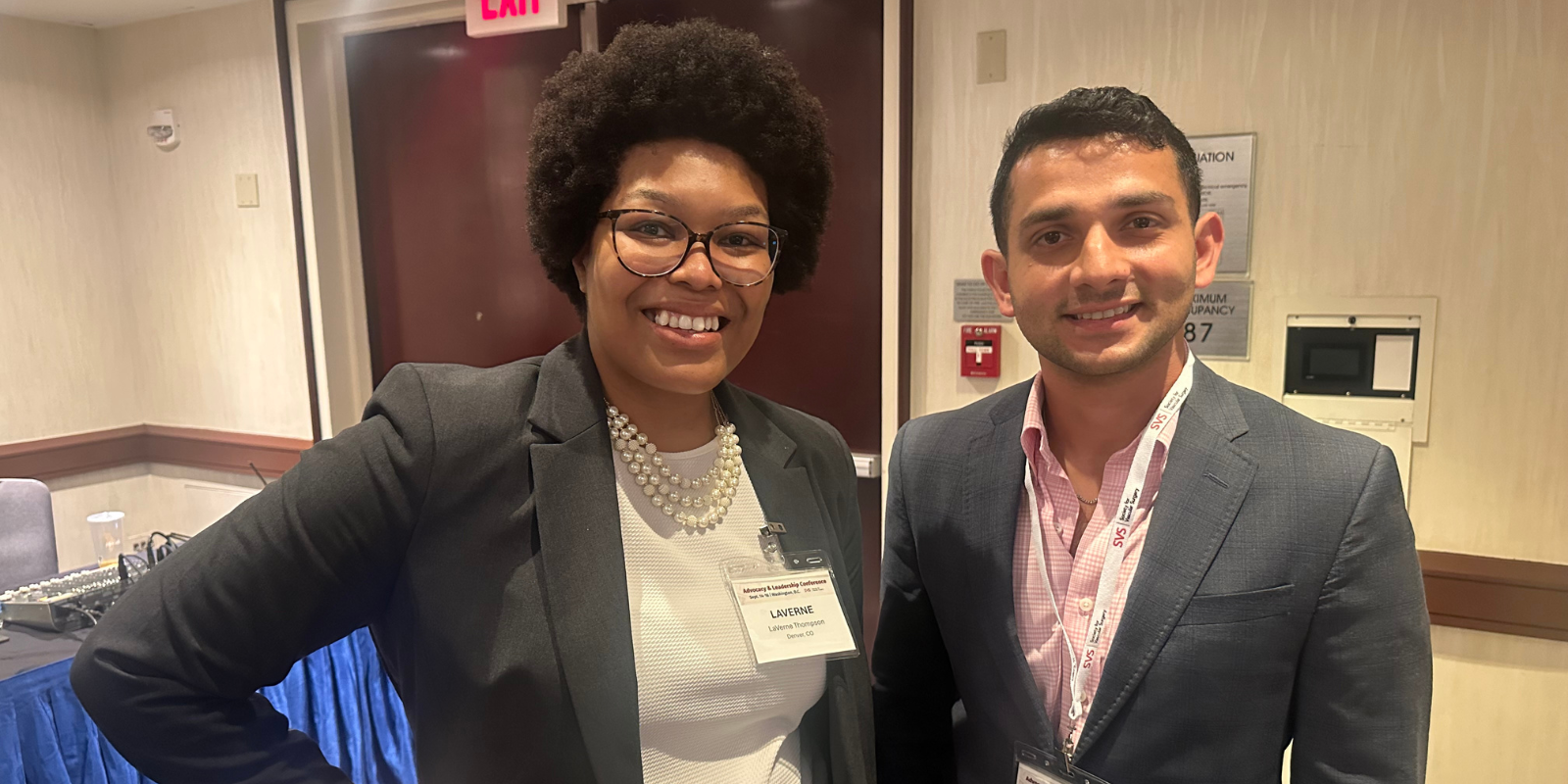To a resume that already includes such positions as registered nurse, clinical nurse educator, and hospitalist fellow, Margaret Forbes, AG-ACNP, can add a new role: Washington lobbyist.
As part of an effort by the American Heart Association (AHA), Forbes traveled to Washington, D.C., during the third week of May to speak with the staff members of Colorado congress members John Hickenlooper, Michael Bennet, and Diana DeGette in support of two bills related to heart safety: the Cardiomyopathy Health Education, Awareness, Research and Training in Schools (HEARTS) Act, which would help ensure students and school staff are prepared to respond to a cardiac emergency, and the Access to AEDs Act, legislation that would promote access to automated external defibrillators (AEDs) in public elementary and secondary schools.
“The recommendation is that you should be able to get to an AED within about three minutes,” says Forbes, an adult-gerontology acute care nurse in the cardiothoracic intensive care unit in the University of Colorado Department of Surgery. “These bills would create funding to allow schools to put that into place, as well as the creation of what they’re calling CERPs, which are cardiac emergency response plans. So when someone has a sudden cardiac arrest, making sure that students and staff in the schools know how to respond. They also would increase funding for education, basic training on how to use AEDS and how to initiate bystander CPR.”
 Forbes poses at an American Heart Association logo in Washington.
Forbes poses at an American Heart Association logo in Washington.
Access to electricity
Forbes went to D.C. at the invitation of a friend who works for the AHA, invited because she often cares for patients after cardiac arrest when they enter the cardiothoracic ICU. She joined other health care providers, as well as sudden cardiac arrest survivors and their families, to drum up support for the two heart safety bills.
Forbes spoke with the congressional staffers about her work with heart patients and how vital it is for everyone to have access to AEDS.
“I talked about how our in-hospital resuscitation rates are much better than in the community,” she says. “If you look at the evidence around post-resuscitative care, the number one thing that's shown to be effective is early access to a defibrillator. If it’s truly an arrhythmia-mediated cardiac arrest, CPR keeps oxygenated blood circulating, but the only thing that actually restarts a heart and gives patients a chance to get a good outcome post-arrest is access to a defibrillator. The big difference in the hospital is that we meet that benchmark of being within three minutes of a defibrillator. My role in Washington was to demonstrate how successful we can be when this isn’t luck, and when the tools that we need are in place.”
Addressing cardiac events in children
AEDs are especially important in schools, Forbes says, because more than 20,000 children under age 18 — often athletes — go into cardiac arrest each year.
“Sometimes there’s underlying cardiac physiology, such as a larger-than-normal heart, that gets exacerbated during exercise, and that can lead to a sudden cardiac arrest,” she says. “That’s why we want more AEDs in schools, particularly around organized sports events —whether it’s games or practices — and making sure that coaches know how to initiate CPR.”
Both of the acts pending in Congress would improve outcomes for cardiac events in schools, Forbes says — particularly the HEARTS Act, with its focus on training and education.
“It’s terrifying, doing CPR for the first time — and realistically, it’s terrifying every time,” she says. “Education is the most important thing that we can provide to our community. You’ll never not be terrified, but you can be terrified and prepared, which is drastically different than being scared and not knowing what to do. In a perfect world, these efforts would be in tandem with increasing access to the devices themselves, but with a huge push to make people feel prepared and like they have the knowledge they need to use the AED and initiate bystander CPR.”
Though Forbes was disappointed not to meet directly with Bennet, Hickenlooper or DeGette, she says meeting with their staff members felt just as impactful.
“You realize how powerful each individual person on a staff can be,” she says. “We felt like, ‘If we really resonated with this staffer, they’re going to bring it back to their boss and say, “I really think we should look at this one.”’ The same thing is true in health care, too. Each individual brings so much to the table and so much to the team. I wanted to be respectful in acknowledging the role that each individual can play.”
Featured image: Forbes, left, with Eric Heydorn, Colorado director of government relations for the American Heart Association, and Colorado couple Anne and Steve Hebert. Anne is a sudden cardiac arrest survivor, and Steve performed CPR until Denver Fire arrived.



.png)
